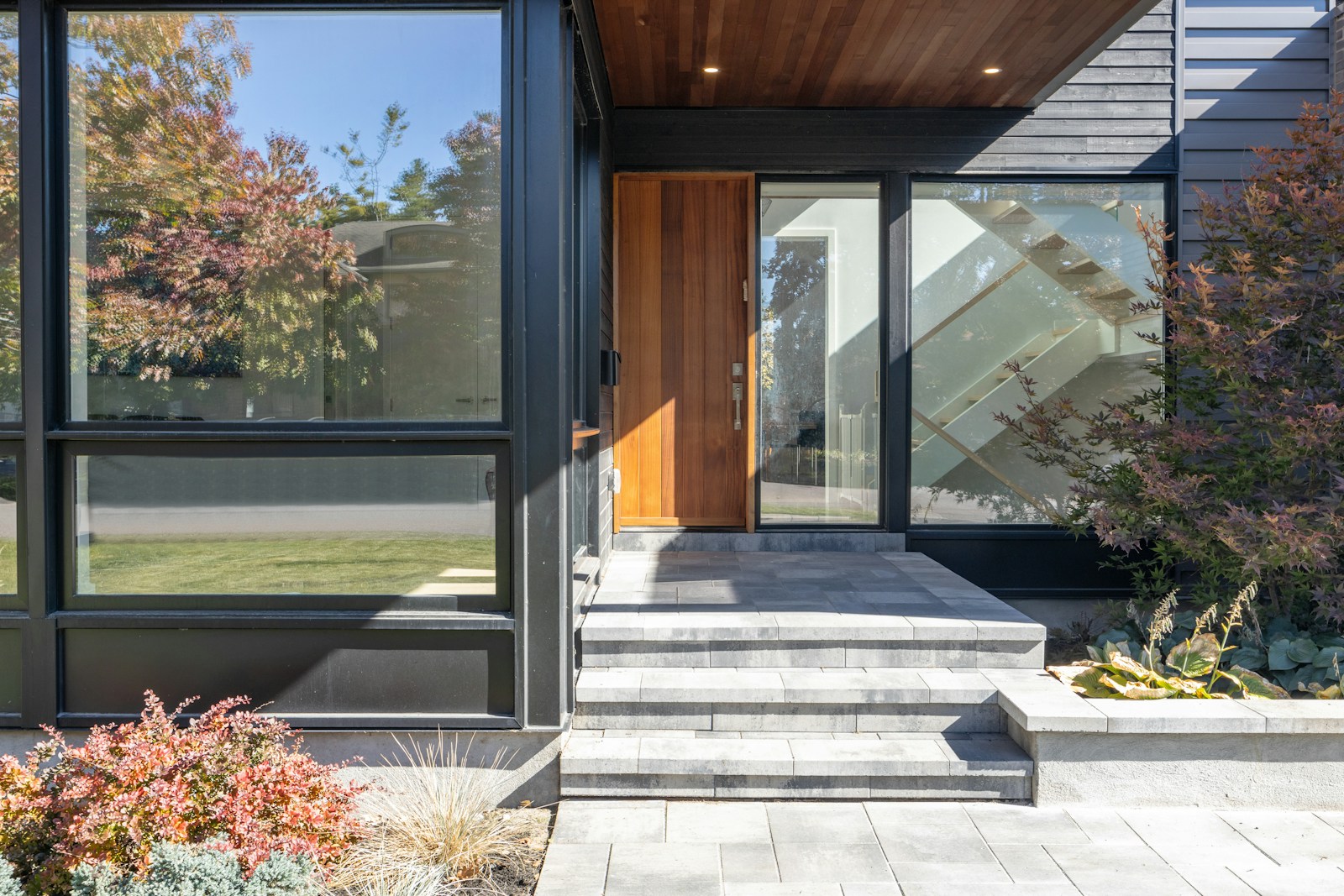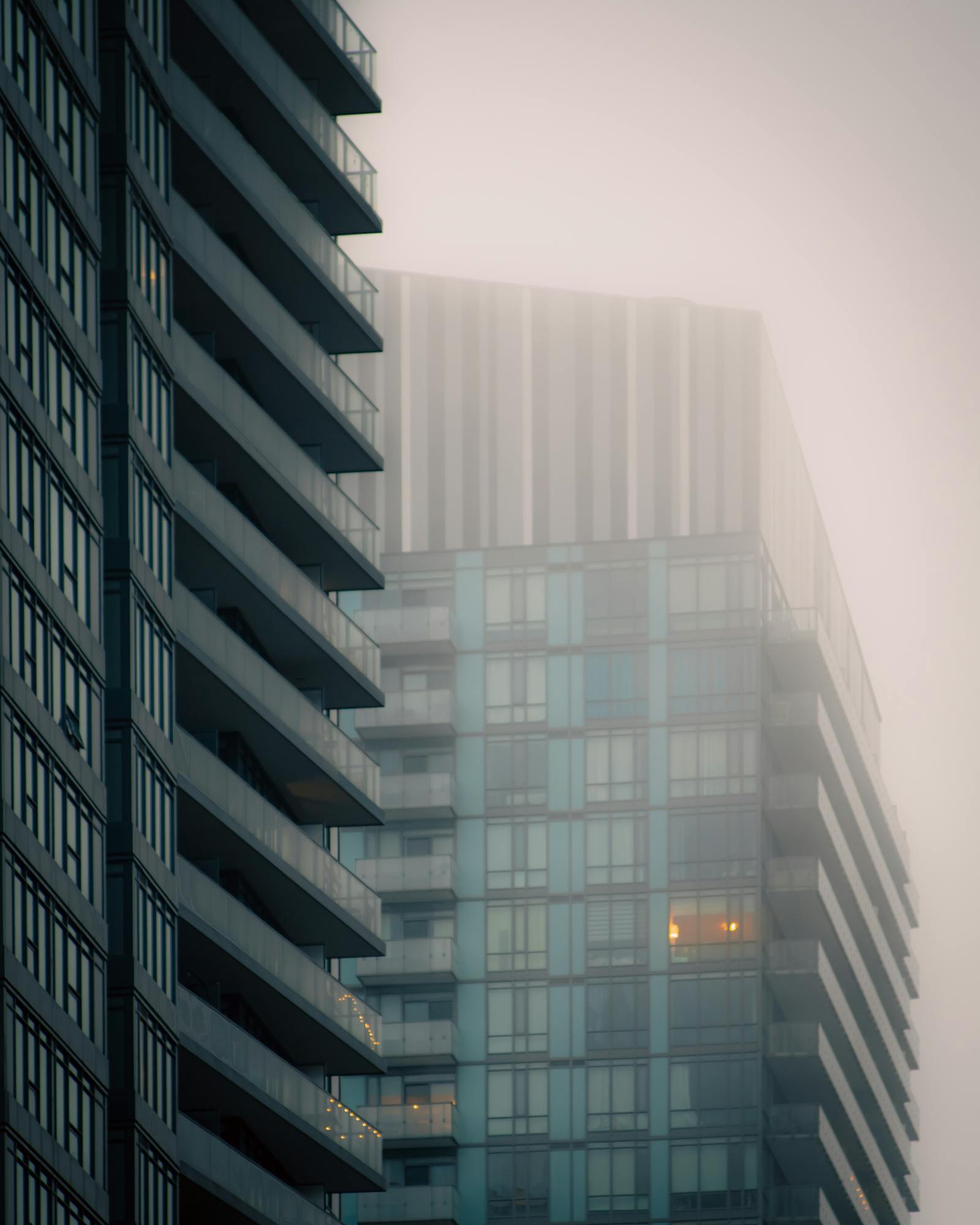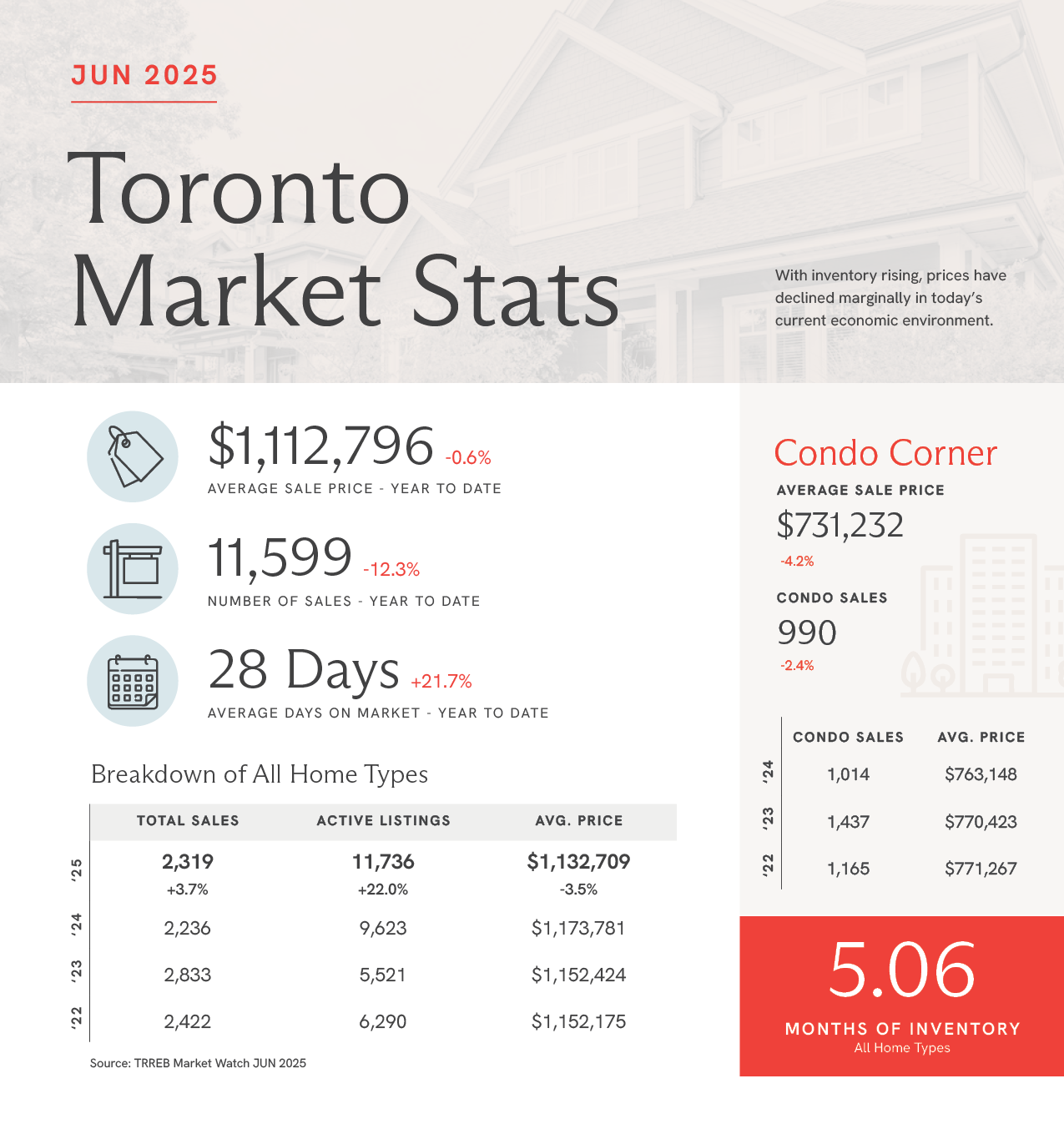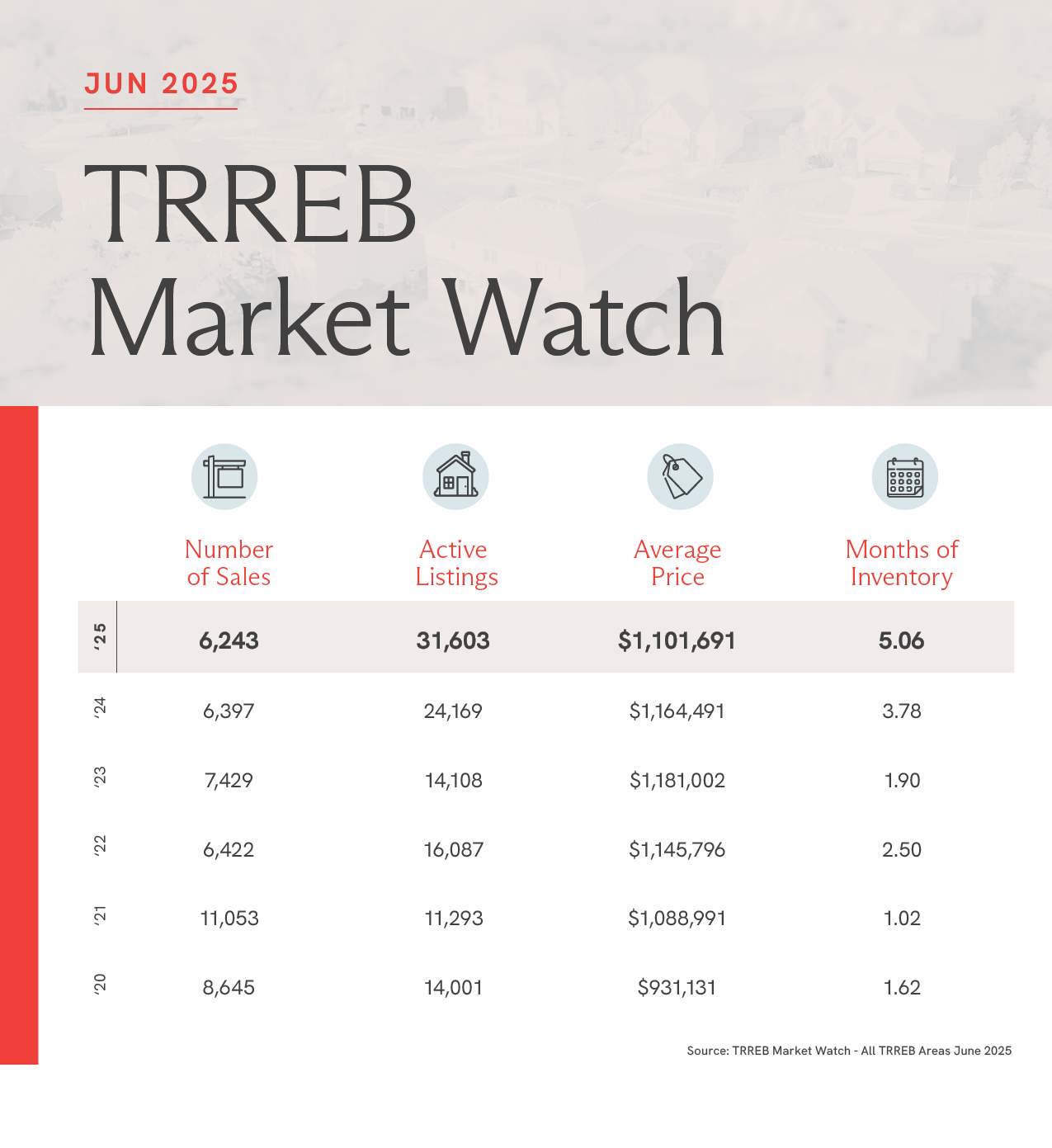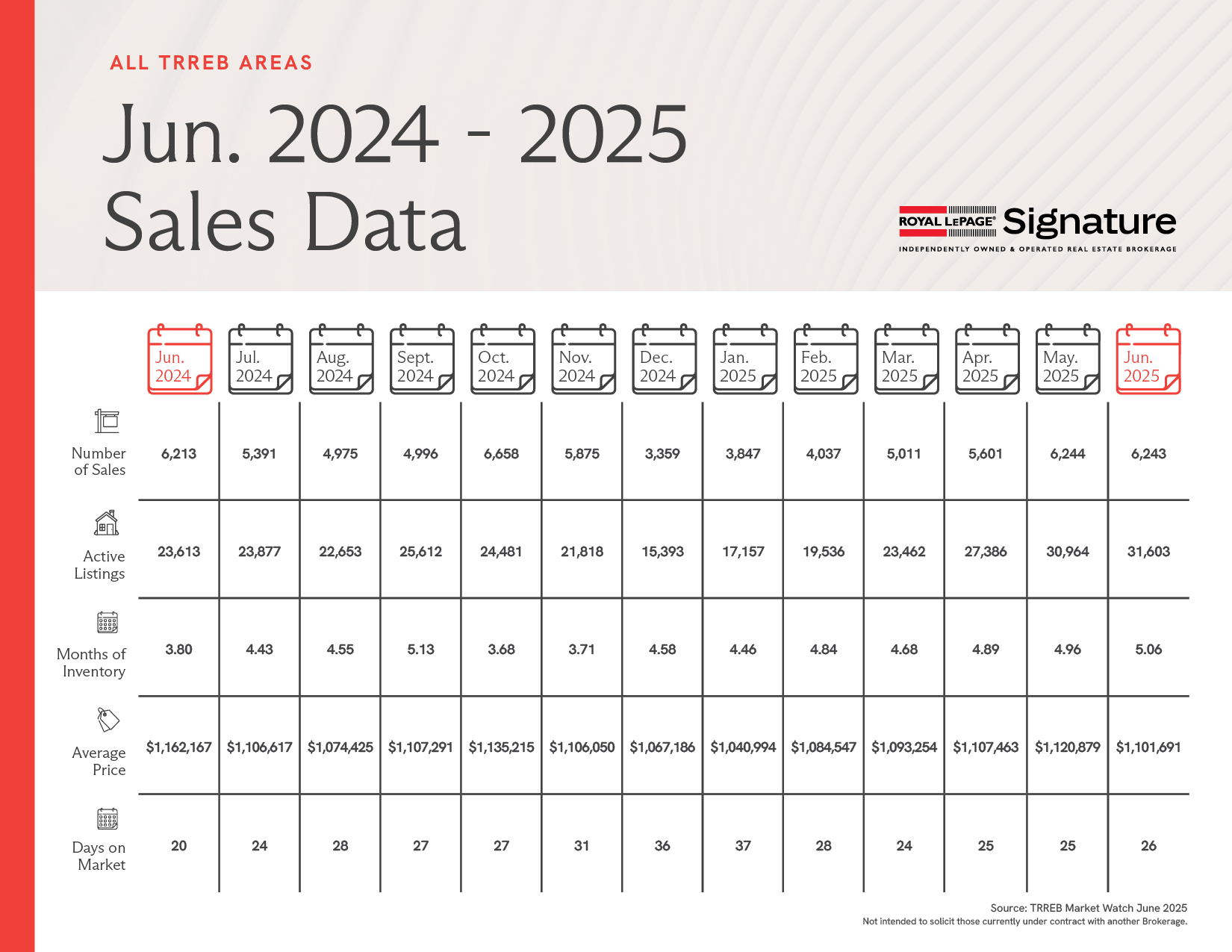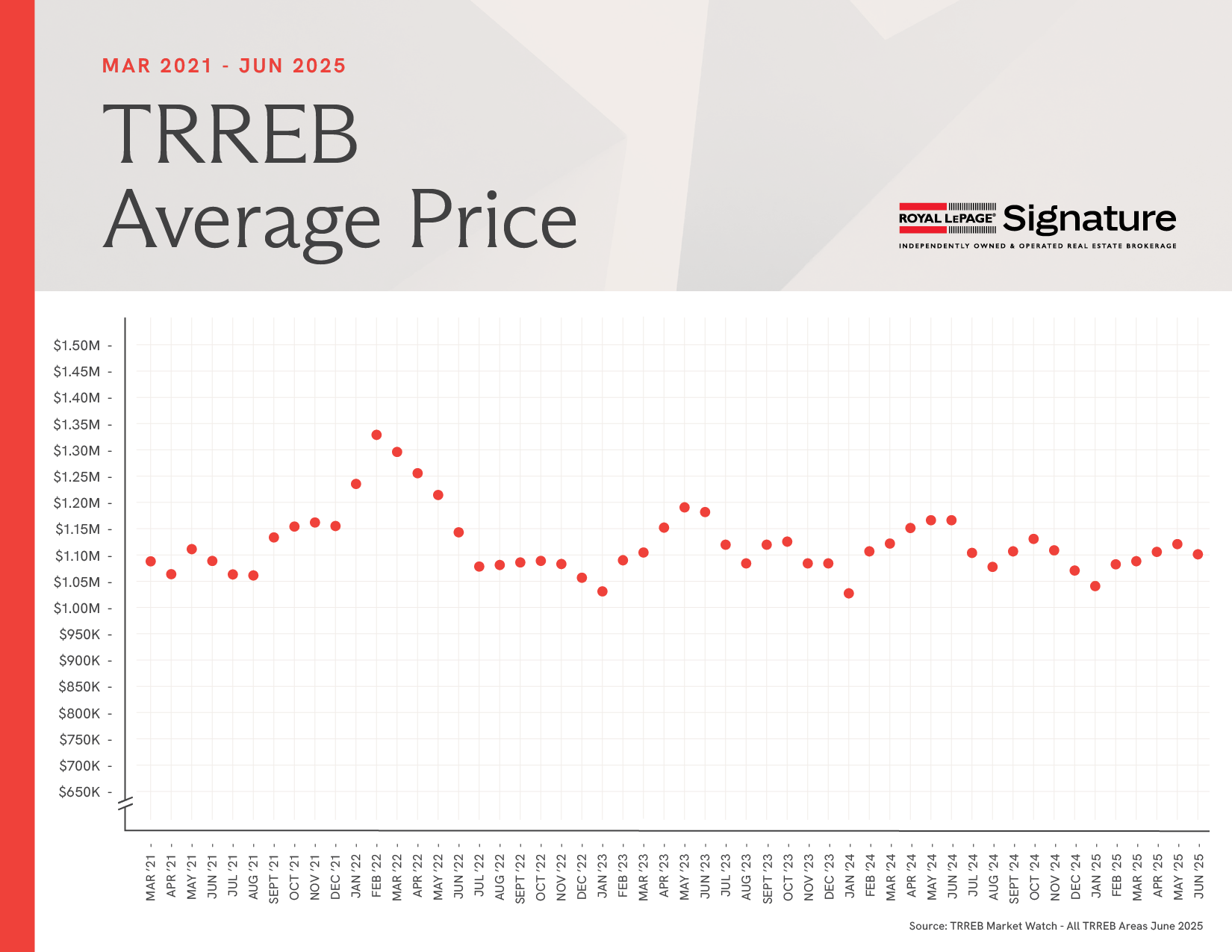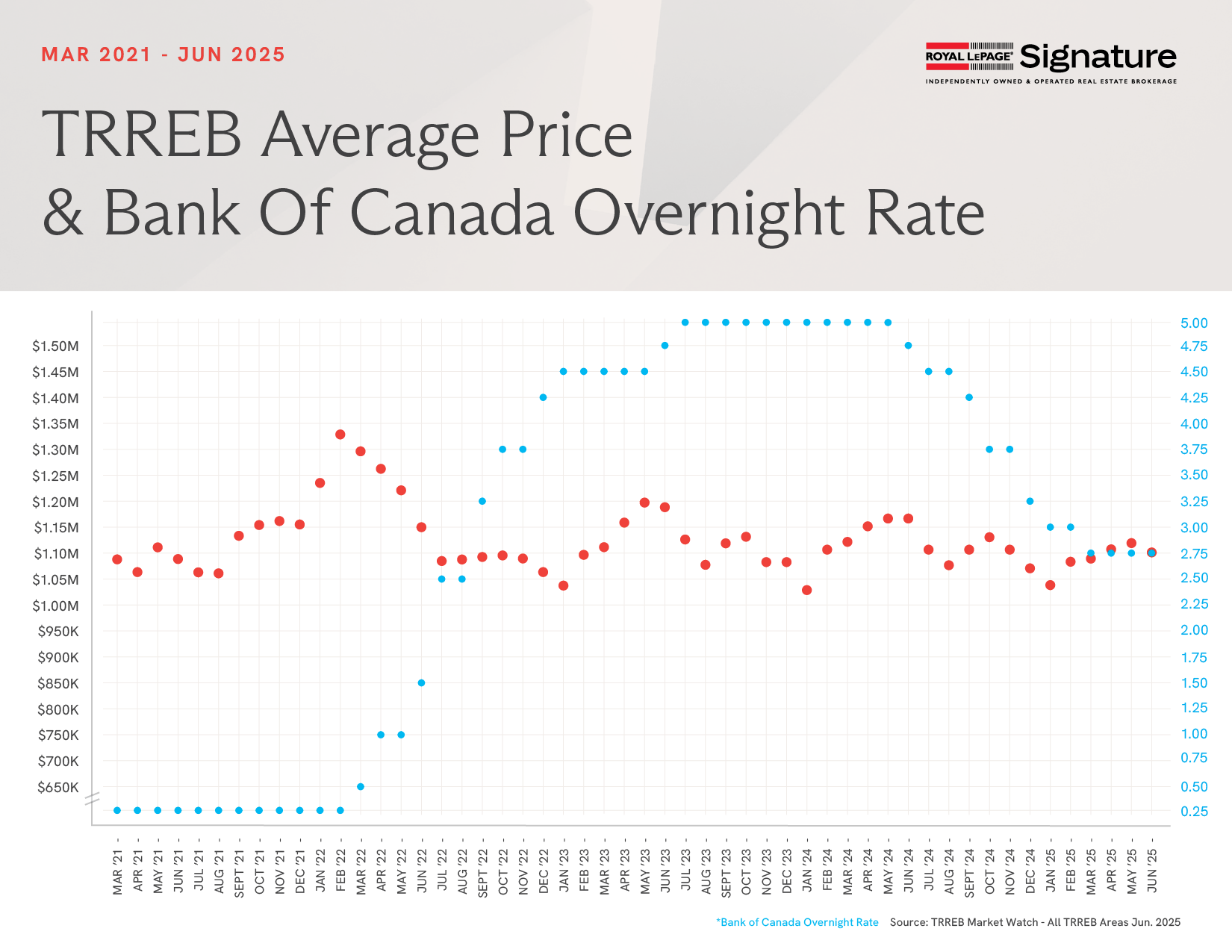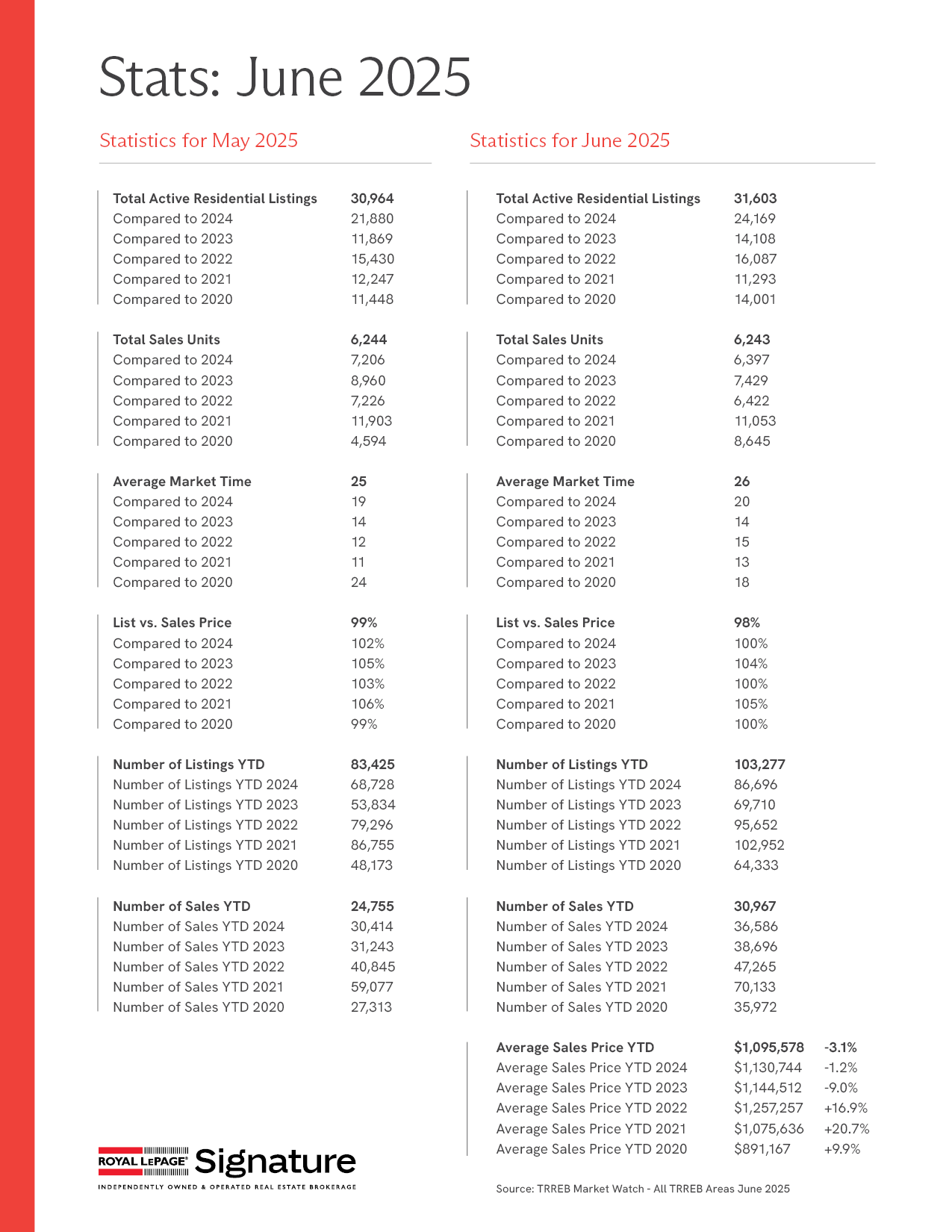Discover why automated valuation tools struggle to accurately price architecturally distinctive properties and how design-conscious homeowners can unlock their property's true market value through strategic positioning and expert guidance.
For owners of architecturally distinctive properties, online valuation tools like HouseSigma can be particularly misleading. While these platforms work reasonably well for cookie-cutter homes, they struggle to capture the premium that today's buyers place on exceptional design, unique architectural features, and thoughtful spatial planning.
When Algorithms Miss the Mark on Design Value
Automated valuation models rely heavily on square footage, bedroom counts, and basic comparable sales data. What they can't quantify is the value of soaring ceilings, custom millwork, architect-designed layouts, or the kind of natural light that transforms a space from ordinary to extraordinary.
A mid-century modern home with floor-to-ceiling windows and an open-concept layout might be compared algorithmically to a standard suburban build from the same era, missing entirely the premium that design-conscious buyers will pay for authentic period architecture and thoughtful spatial flow.
Similarly, a contemporary home with sustainable materials, smart home integration, or award-winning architectural details often gets lumped into generic price categories that don't reflect the sophisticated buyer market these properties attract.
The Design Premium in Today's Market
There's a growing segment of buyers who prioritize design quality over sheer size. These buyers understand that exceptional design enhances daily living in ways that can't be measured in square feet alone.
Features like custom-built storage solutions, carefully curated material palettes, seamless indoor-outdoor connections, or innovative use of natural light create emotional connections that drive premium pricing. A well-designed 1,200-square-foot space can command higher prices than a poorly planned 1,800-square-foot home in the same neighbourhood.
Understanding Your Property's Design DNA
Every architecturally significant home has a story; whether it's a heritage property with original Arts and Crafts details, a sleek contemporary build with minimalist sensibilities, or a thoughtfully renovated space that bridges historical character with modern functionality.
Recognizing and articulating these design elements is crucial for attracting the right buyers. A Victorian home's original stained glass windows, restored hardwood floors, and period style colour palette appeal to buyers who appreciate historical authenticity. Meanwhile, a modern home's clean lines, innovative materials, and integrated technology systems attract a different but equally committed buyer demographic.
The Presentation Advantage for Design Properties
Design-forward homes require equally sophisticated marketing approaches. Standard real estate photography often fails to capture the nuanced details that make these properties special (the way light moves through a space throughout the day, the craftsmanship of custom elements, or the flow between rooms that creates the property's unique character).
Professional architectural photography, detailed shots of custom features, and marketing materials that speak to the design narrative help potential buyers understand not just what they're buying, but how living in the space will enhance their lifestyle.
Strategic Improvements for Design Properties
When considering improvements to design-focused homes, the goal isn't always maximum return on investment—it's about enhancing the property's design integrity and appeal to its target market.
Sometimes this means restoring original features rather than updating them, sourcing period-appropriate materials, or working with skilled craftspeople who understand the property's architectural language. Other times, it involves carefully planned modern interventions that respect the home's character while improving functionality.
The key is understanding what improvements will resonate with buyers who appreciate design quality and are willing to pay for it.
How many times have I seen beautiful Victorian homes not selling because the seller has put in the wrong choice of new flooring that doesn't go with the historic sensibility of the home? A stunning heritage property can sit on the market for months when modern laminate or trendy grey vinyl plank flooring disrupts the home's authentic character. Meanwhile, a similar home with carefully restored period-appropriate hardwood or quality materials that honour the architectural era sells quickly and often above asking.
Marketing to the Design-Conscious Buyer
Design-forward properties attract a specific buyer demographic—people who view their home as more than just shelter, but as a reflection of their aesthetic sensibilities and lifestyle choices. These buyers often have higher budgets and are willing to pay premium prices for properties that speak to them.
Reaching this market requires targeted marketing strategies that showcase the property's design credentials, highlight architectural features, and connect with buyers who understand and value exceptional design.
Beyond Square Footage: Valuing Design Intent
While algorithms focus on quantifiable metrics, the true value of a design-forward home lies in less measurable qualities (the thoughtfulness of the layout, the quality of materials,, and the overall design vision that makes the property distinctive).
These elements create the kind of emotional connection that drives competitive offers and premium pricing, but they require design expertise to identify, articulate, and market effectively.

About Anne Lok, Broker B. Arch, M.AAD.
Anne's architectural training provides her with a unique perspective on Toronto's design-forward real estate market. With formal education in both architecture and advanced architectural design, she understands how to evaluate and communicate the design qualities that set exceptional properties apart from standard offerings.
Specialising in architecturally distinctive homes—from meticulously restored heritage properties to cutting-edge contemporary builds—Anne works with clients who appreciate the intersection of design excellence and real estate value. Her technical background allows her to identify subtle design elements that others might overlook: the significance of original millwork, the impact of carefully planned sight lines, or the value of architect-designed renovations that enhance rather than compromise a property's character.
Whether representing a mid-century modern masterpiece, a thoughtfully renovated Victorian, or a contemporary home with innovative sustainable features, Anne connects design-conscious buyers and sellers who understand that exceptional architecture is an investment in both lifestyle and long-term value.

